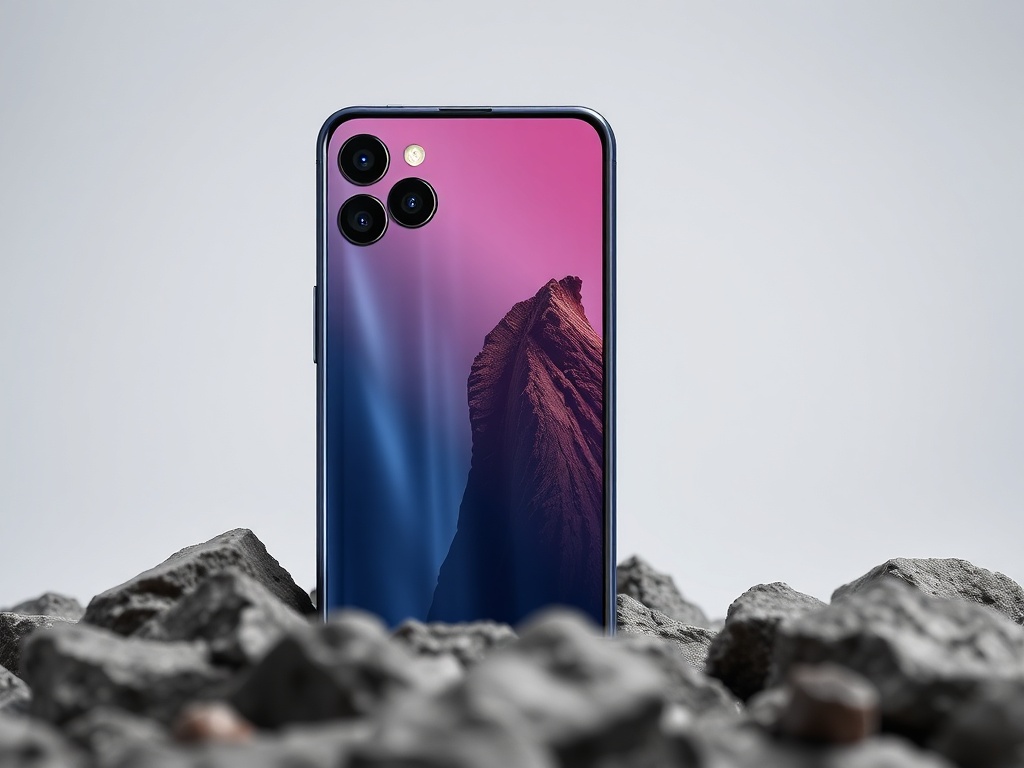Why 5G still matters: practical benefits, real-world use cases, and what to watch
5G has moved beyond marketing hype into practical deployments that change how devices, networks, and businesses connect. Understanding what 5G actually delivers — and how to take advantage of it — helps consumers and organizations make smarter choices about connectivity.
What 5G delivers today
– Faster mobile speeds: Enhanced radio technologies and wider mid-band spectrum deliver higher throughput for video streaming, cloud apps, and large file transfers.
– Lower latency: Reduced round-trip delay enables smoother gaming, responsive AR/VR experiences, and rapid industrial control loops when paired with edge computing.
– Greater device density: 5G supports many more simultaneous connections per cell, which is essential for dense IoT deployments in smart buildings and urban environments.
– Network flexibility: Network slicing and software-defined core functions let operators create customized virtual networks tuned for specific performance, security, or reliability needs.
– Private and localized networks: Enterprises can deploy private 5G for factories, warehouses, campuses, and transport hubs, delivering dedicated capacity and predictable performance.
Real-world use cases worth noting
– Industrial automation: Reliable, low-latency 5G links enable wireless robotics, real-time monitoring, and predictive maintenance without the wiring complexity of legacy systems.
– Healthcare and telemedicine: High-bandwidth, low-latency connectivity supports remote diagnostics, high-resolution imaging transfers, and secure mobile clinics.
– Smart cities and transportation: Connected traffic systems, environmental sensors, and public safety applications leverage 5G’s device density and low-latency control.
– Media and entertainment: Live events, multi-camera streams, and cloud gaming benefit from higher uplink capacity and edge-enabled processing.
Practical tips for consumers
– Check device compatibility and software updates: Not all devices support every 5G band or feature.
Keep firmware updated for best performance and battery management.
– Know the difference between mid-band and mmWave: Mid-band balances speed and coverage; mmWave offers extreme speeds over short distances and works best in dense urban spots or events.
– Use hybrid connectivity wisely: Wi‑Fi remains important indoors. Let devices switch seamlessly between Wi‑Fi and 5G for optimal coverage and battery life.
Guidance for businesses and IT leaders
– Start with a pilot: Test private 5G or dedicated slices in a controlled environment to validate use cases and integration with OT/IT systems.
– Prioritize edge compute and orchestration: Place processing close to devices when latency or privacy matters. Orchestrated workloads and local analytics maximize the value of 5G.
– Design for backhaul and power: Small cells and densification require reliable fiber or high-capacity microwave links and careful power planning.
– Address security proactively: Implement strong identity management, segmentation, and endpoint security for both consumer and industrial devices. Encrypted tunnels and robust monitoring reduce risk.

What to watch next
Spectrum availability, network densification, open interfaces like Open RAN, and the rise of private 5G models will shape how networks evolve. Non-terrestrial links and tighter integration between mobile networks and edge computing promise new hybrid architectures that extend coverage and capabilities.
Whether upgrading personal devices or designing next-generation systems, 5G is best approached as an ecosystem: combine device readiness, network design, edge compute, and security practices to unlock measurable benefits. Consider a small-scale deployment or trial to evaluate performance for your specific needs before broad rollout.